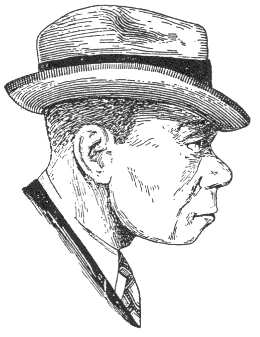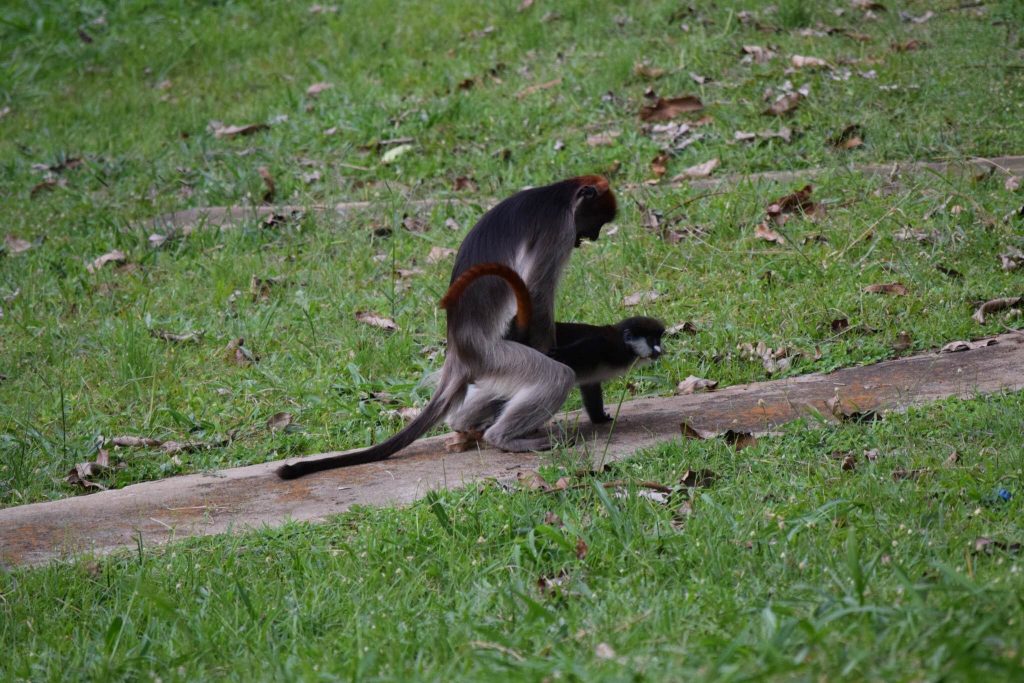The Man Who Was Mistaken for a Homo Sapiens in a Hat
In the winter 1957 issue of the Quarterly Review of Biology, William Straus Jr. and A.J.E. Cave wrote of the Neanderthal, “If he could be reincarnated and placed in a New York subway—provided that he were bathed, shaved, and dressed in modern clothing—it is doubtful whether he would attract any more attention than some of its other denizens.”
The “Neanderthal in a hat” image is a bit of a cliché in the field of biological anthropology; it is associated with the idea that Neanderthals were not so brutish as originally thought and that if one were to don a fedora in the local pub, he would be mistaken for a Homo sapiens.
This makes one wonder whether interbreeding between Neanderthals and Homo sapiens 100,000 years ago, as evidenced by morphology and genetics, was a result of mistaken identities or intentional digressions from traditional mate choices. If intentional, one might then ask, how common is it for individuals to recognize a member of a different species (a heterospecific) as a potentially compatible, or even high-quality, mate?
I recently came across a fascinating photo of two monkeys engaging in a mating behavior—a red colobus male was mounting a red-tailed guenon female. The photo was taken by Allegra Depasquale, an undergraduate studying red-tailed monkeys in Uganda. Neither she nor her field assistants had previously witnessed this kind of interaction between these species. After seeing the photo, I started thinking more intently about this question of mate recognition in the context of my previous post about hybrids and species concepts. I wondered not just about the frequency of the behavior, but also about the costs and benefits of interbreeding when there is a potential for hybrid offspring to be born.
The hybrids that you are most likely to think of, like ligers and mules, are primarily the product of captivity or domestication by humans. Many of these hybrids are sterile, meaning they cannot reproduce. Frequently, this is because the parents have different numbers of chromosomes.
For example, modern genetics shows that a horse has 64 chromosomes and a donkey has 62—their offspring, a mule, has 63. The difference in parental chromosome number doesn’t prevent successful reproduction in this case, but it contributes to the infertility of the offspring. (In the early 20th century, it was thought that all mules were sterile; it’s now known that a small number of female mules have produced offspring.) For this reason, mating between heterospecifics has historically been labeled as a mistake or as a failure in species recognition. But in fact there can be benefits to interbreeding—for the parents, for the offspring, or for humans.
For those of you who have your mule facts straight, you know that mules are considered to be quite smart. In fact, in a study of equine cognition, mules performed a learning task better than horses or donkeys. Mules are also known for their strength relative to their size and for their endurance. This kind of outcome is known as “hybrid vigor.” And it’s why humans love their mules. Domestic mules are just one example of the intentional crossbreeding of animals by humans—something Homo sapiens have been doing for as long as 10,000 years and for a variety of (sometimes selfish) reasons.
In the wild, at least 10 percent of all animal species are known to hybridize, and there may be benefits to interbreeding for them as well. In her article “Why Do Animals Hybridize?,” biologist Pamela Willis of the University of Texas at Austin notes that a common scenario in which hybridization naturally occurs involves secondary contact of two populations that had been separated geographically—think of the “hybrid zones” between baboon populations that I described in my earlier post. This behavior may help introduce variation into a population, which may be evolutionarily beneficial.
In the wild, at least 10 percent of all animal species are known to hybridize.
“Indiscriminate forceful or sneak copulations [by males] have been associated with hybridization in several species, including ducks, frogs, sea lions, damselflies, and, most extensively, fish,” writes Willis. These behaviors may be influenced by a shortage of conspecific (same species) mates and have the potential to boost a male’s reproductive fitness.
In addition, one or both parents may benefit from having a heterospecific mate through reduced predation risk, reduced competition for breeding habitats, or increased nutritional benefits. Mating with a heterospecific may even make an individual more attractive or noticeable to conspecifics. As Willis points out, there are many hypotheses regarding the potential reasons for and benefits of natural hybridization that can be tested.
So what motivated Neanderthals and Homo sapiens to mate? Was hybridization simply a result of secondary contact? Did they mistake each other for conspecifics or intentionally copulate? Were males being sneaky or forceful? And finally, do you think Neanderthal–Homo sapiens hybrids could have been stronger or smarter than their parents?



































